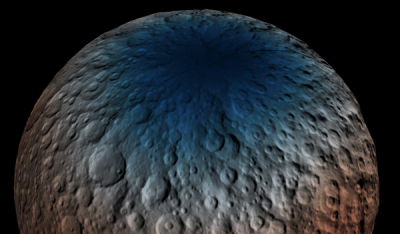Link here. In her campaign for California governor, Attorney General Kamala Harris has been demanding that conservative organizations hand her their confidential tax information so she can obtain the names of their donors.
Her obvious intent was either to publicize the names of donors, which are confidential under federal law, so that they could be threatened by liberals, or else to shut them up herself through bogus investigations. Americans For Prosperity brought an action in federal court, seeking an injunction barring Harris from seeking Schedule B to its Form 990. Today, following a full trial on the merits, Federal Judge Manuel Real granted AFP’s motion and issued a permanent injunction against the Attorney General.
Go to the link and read it all. The reasons that the judge ruled against this fascist thug who is using the power of her position as attorney general to attack her opponents are quite ugly. It seems the court recognized that Harris and her liberal supporters posed a violent threat to those donors.
During the course of trial, the Court heard ample evidence establishing that AFP, its employees, supporters and donors face public threats, harassment, intimidation, and retaliation once their support for and affiliation with the organization becomes publicly known. For example, Lucas Hilgemann, Chief Executive Officer of AFP, testified that in 2013, the security staff of AFP alerted him that a technology contractor working inside AFP headquarters posted online that he was “inside the belly of the beast” and that he could easily walk into Mr. Hilgemann’s office and slit his throat. (Hilgemann Test. 2/23/16 Vol. I, p. 57:2–14). That individual was also found in AFP’s parking garage, taking pictures of employees’ license places. (Id. at 57:15–23). Another witness and major donor, Art Pope, testified about an AFP event in Washington D.C. in 2011. Mr. Pope testified that after protestors attempted to enter the building and disrupt the event, they began to push and shove AFP guests to keep them inside of the building. (Pope Test. 2/24/16 Vol. II, p. 47:7–15). Mr. Pope attempted to help a woman in a wheelchair exit the building; however the protestors had blocked their path. (Pope Test. 2/25/16 Vol. I, p. 21:20–22:12). Once they finally exited the building, they still had to go through a hostile crowd that was shouting, yelling and pushing. (Id. at 22:22–23:2). At another event in Wisconsin, after speaking to a crowd of AFP supporters, Mr. Hilgemann was threatened by a protestor who used multiple slurs and spit in Mr. Hilgemann’s face. (Hilgemann Test. 2/23/16 Vol. I, p. 48:12–49:15). Again, at another event in Michigan where an AFP tent was set up, several hundred protestors surrounded the tent and used knives and box-cutters to cut at the ropes of tent, eventually causing the large tent to collapse with AFP supporters still inside. (Id. at 50:16–51:25).
This is only one excerpt of the judge’s detailed opinion, which goes on to list more examples of liberal thuggery and brown-shirted violence.
The worst part of this is that I expect Harris to win the election and become governor of California. That will put her in an even stronger position of power in the Democratic Party, allowing her to shape it to become an even more oppressive engine for hate and tyranny. If you are conservative and live in California, be very afraid. The government will soon be knocking on your door, and the visit will not be friendly.

